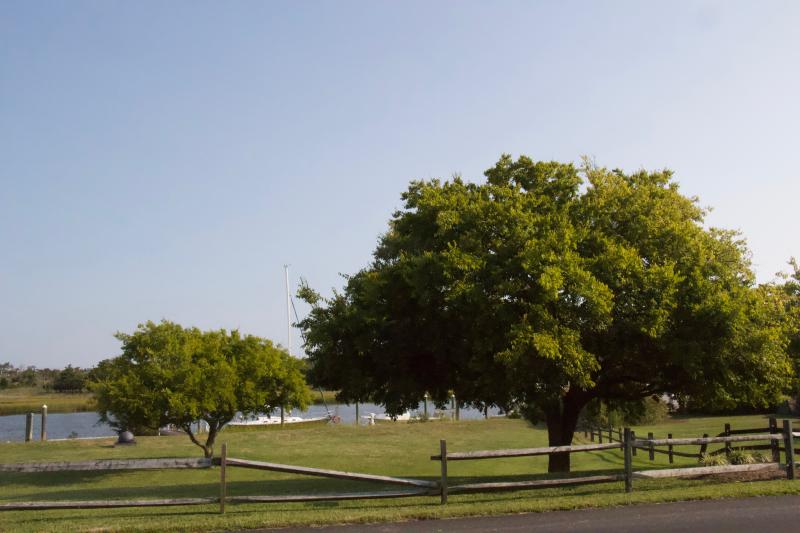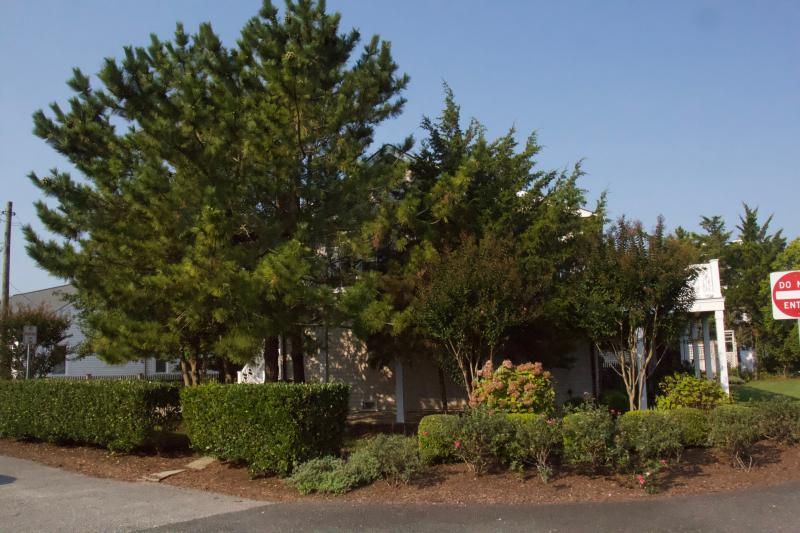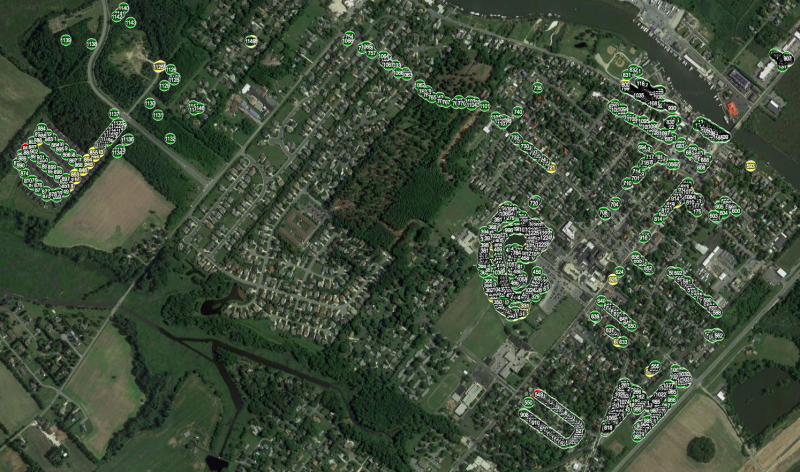The Lewes Planning Commission’s Tree Ordinance Subcommittee hopes to turn a new leaf in the First Town in the First State by examining tree ordinances of other towns, and its own public one, as it grows its first set of regulations for trees on private property.
Thanks in large part to tree commissioner Mardi Thompson, Lewes has been a Tree City USA for 20 years. Thompson has planted new trees and taken an inventory of most public trees, possessing an intimate knowledge of what species work best and where, as well as the status of the Lewes tree canopy – a statistic measured by the Delaware Forest Service.
Chapter 177 of city code established a public tree ordinance, giving public officials the ability to manage street trees and those on public land, but it does not cover trees on private property. An ordinance governing private trees would allow officials to not only protect valuable trees on private property, but also educate property owners about best practices in arbor care.
Committee members have been respectful in regard to the rights of private property owners during meetings. Chair Debra Evalds has frequently talked about the amount of capital investment she has placed into finding the right species for her property.
Wanting to draft an ordinance that’s specific to Lewes, Evalds asked members to examine ordinances of other municipalities. Committee member Joe Hoechner shared his research of regulations in Takoma Park, Md. He found that while Takoma Park’s ordinance extensively protected trees, it also increased the workload of the city’s staff. Officials want to produce something that will improve the tree canopy but be feasible for residents and the city.
Committee members also examined regulations in other municipalities such as Rehoboth Beach, Henlopen Acres and Annapolis, Md. Rehoboth Beach and Henlopen Acres, while neighbors, have very different approaches. Committee members like the suggested species list provided by Rehoboth Beach, but found its minimum tree density requirements to be off line. Henlopen Acres, which has a smaller minimum tree density requirement, was cited as an ordinance relatively friendly to property owners. The town, however, benefits greatly from an advanced tree canopy.
While committee members like the idea of the list Rehoboth Beach provides, they do not like the presence of invasive species, such as the Bradford pear, on the list. Educating residents on the right type of tree to plant in the right place is something heavily emphasized in meetings. Evalds believes providing residents with information should be a part of the ordinance, and she has stressed the creation of a website. Arborscope is available to the public, but it only shows Lewes’ public trees. The site, run by Bartlett Tree Experts, provides visitors with basic information about the public trees.
In an attempt to bridge the gap of available information between public and private trees, residents might be asked to provide information about trees on their property. Any ordinance would aim to protect specimen and heritage trees. A survey could provide officials with data needed to assess how valuable a tree is to the city. Trees found to be worthy of protection could be leased from the property owner to the city, a program described by Thompson. Officials may also use the information to help property owners care for existing trees, or when they would like to plant new trees.
If a property owner has neglected to care for their trees and the branches have become overgrown and hazardous, having laws on the books may help resolve the situation, officials said. Growth of the tree canopy and preserving important trees is a goal of the subcommittee, but fostering the correct canopy and public safety are also priorities. During a Sept. 13 storm in Rehoboth Beach and Henlopen Acres, several trees were uprooted – one came through a house, while another knocked out power lines. An ordinance cannot prevent storms, but it does provide a path for concerned residents to address fears.
During closing of the Sept. 13 meeting, Evalds asked members to continue to look into coastal towns, such as Bethany Beach, for comparison. She also mentioned the efforts of Newark because it has experience drafting an ordinance with the state and other agencies. Evalds also highlighted a Chestertown, Md. ordinance shaped by Maryland’s standards. Surrounded by water, the town is considered to be a critical area, and its trees receive substantial protection under state law. If Lewes were to apply the same standard, a majority of the city would be a critical area worthy of substantial protection.
The group is scheduled to meet Tuesday, Sept. 27, and Tuesday, Oct. 18.

Aaron Mushrush joined the sports team in Summer 2023 to help cover the emerging youth athletics scene in the Cape Region. After lettering in soccer and lacrosse at Sussex Tech, he played lacrosse at Division III Eastern University in St. David's, PA. Aaron coached lacrosse at Sussex Tech in 2009 and 2011. Post-collegiately, Mush played in the Eastern Shore Summer Lacrosse League for Blue Bird Tavern and Saltwater Lacrosse. He competed in several tournaments for the Shamrocks Lacrosse Club, which blossomed into the Maryland Lacrosse League (MDLL). Aaron interned at the Coastal Point before becoming assistant director at WMDT-TV 47 ABC in 2017 and eventually assignment editor in 2018.























































